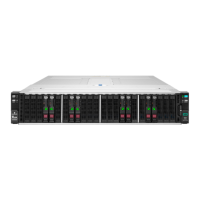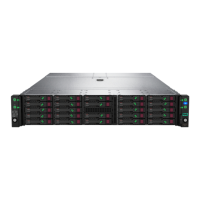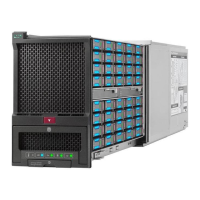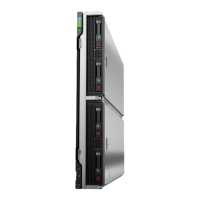Symptom information checklist
Before troubleshooting an issue, collect the following symptom information:
Procedure
Download the Active Health System Log.
For more information, see the Active Health System Log Viewer User Guide on the Hewlett Packard
Enterprise (http://www.hpe.com/support/ahsv-docs).
Does the compute module or component power-on?
Does the compute module complete POST?
If the compute module does not complete POST, what is the status and behavior of each of the
compute module LEDs?
Is video display available?
If compute module completes POST and video is available, are there any POST error messages?
Record the text of the POST error message as displayed.
Does the compute module successfully boot an operating system or hypervisor? If not, does the
compute module display any of the following symptoms and at what point did the following symptom
occur?
◦ An uncorrectable machine check exception
◦ Stop error or blue screen (Windows)
◦ Purple diagnostic screen (Linux)
◦ Linux kernel panic
◦ A system “hang”
◦ A system “freeze”
Does the issue occur after an OS is installed?
Does the issue occur when a new application is loading?
What symptoms did the compute module display when the compute module malfunctioned?
For example, did the server reboot? Were there LED codes, health logs, or messages displayed on
the screen?
Are any indications present that show that the malfunction was reported as a memory error, PCI error,
or so forth?
The processor now contains the memory controller and PCI Express controller, so faults in other areas
might be attributed to a processor malfunction.
When did the issue occur?
Record exactly when the issue happens (include the date and time). If it happens more than once,
keep a list of all symptoms for each occurrence.
What events preceded the failure? After which step does the issue occur?
110 Symptom information checklist

